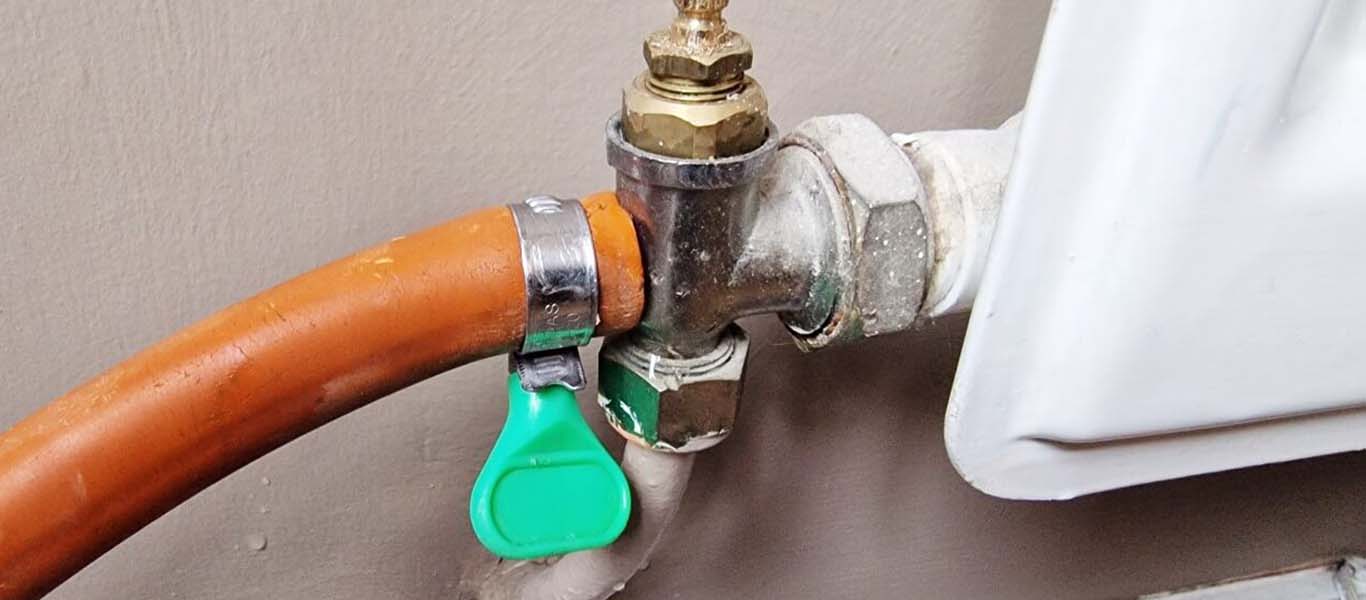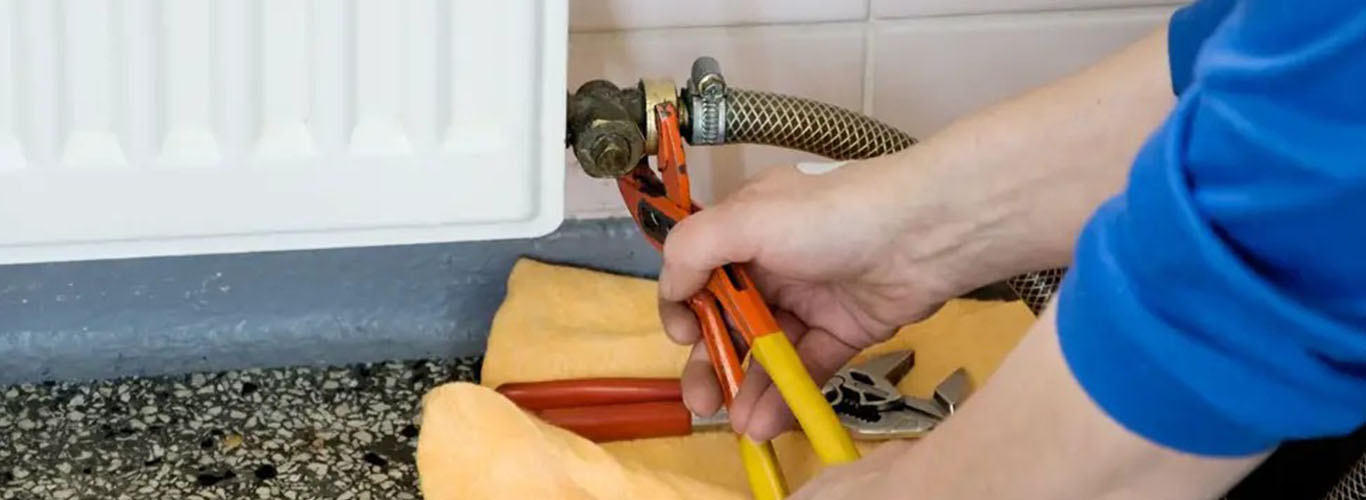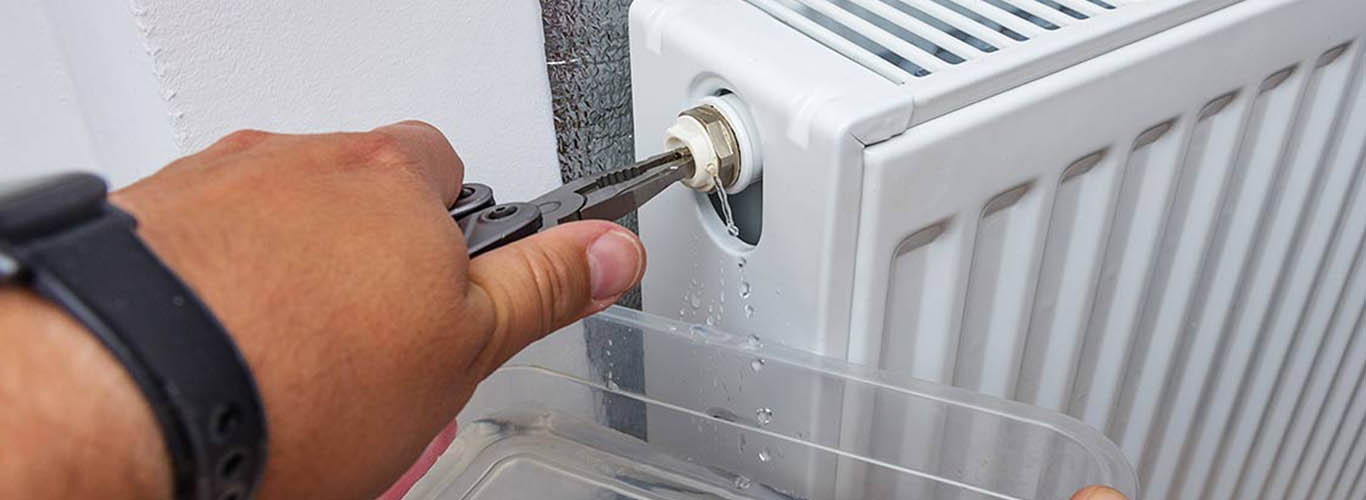
Draining Central Heating System? (With/ Without Drain Valve)
Winter is here, and it’s time to ensure your central heating system works efficiently. An essential maintenance task for a central heating system is draining it. Draining the central heating system is essential to ensure it functions correctly and prevents leaks, corrosion, and boiler breakdowns.
This detailed guide will take you through everything you need to know about how to drain your central heating system safely and effectively. Whether you’re a homeowner or a renter, knowing draining your central heating system can save you money on energy bills and improve your system’s performance and lifespan.
Why Drain Central Heating System?
Draining a central heating system is an essential maintenance task that can help to keep your system running smoothly and efficiently. But there are many other reasons to consider draining your central heating system.
- You Want to Improve Efficiency – Draining your central heating system removes any dirt and debris that may be clogging the pipes and radiators, improving water flow through the system, which can help to reduce your energy bills and improve efficiency.
- It’s a Necessity to Deal with Boiler Repair – Certain heating or boiler repair tasks may require complete system draining. If your heating system is one of these, removing all the water and fluids from the pipes and radiators is necessary.
- Removing Airlocks Needs Bleeding Radiator – Air can become trapped in your central heating system, which can cause your radiators to become cold in certain spots. Draining the system can help remove these airlocks and ensure your system works efficiently.
- Need to Replace Components – If you need to remove or replace any components in your central heating system, such as radiators or boilers, you’ll need to drain the system first.
These are the most common reasons why it’s necessary to drain down your central heating system. Remember, sometimes, you may need to drain it down because of other reasons as well. Whatever the reasons or situation is, the following is the step-by-step process of accomplishing it.

How to Drain Down a Central Heating System?
Draining your central heating system is a straightforward process with the necessary knowledge and tools required for it. Therefore, ensure you get these items ready before you begin.
- Screwdriver
- Spanner
- Jubilee clip
- Towel
- Hosepipe
- Radiator key
- Bucket
If you have gathered these items, all you have to do is follow a few steps, and you’ll get a working heating system in no time. Here are the steps to make this process easy.
1. Turn off the Heating System
Before you begin, it’s important to turn off your central heating system, to prevent any accidents or damage.
- If you have a combi boiler, simply shut it down.
- In the case of a conventional boiler, you must first isolate the water and switch off the boiler.
2. Let the System Cool
Once you’ve turned off your heating system, let the system and fluid pipes cool down completely. This can take 45 minutes to an hour, depending on the size of your system and how hot it was before you turned it off.
Note: If you have a boiler that uses solid fuel to operate, you must first put down the fire. Moreover, wait until the boiler is cooled.
3. Cut the Water Supply to the Boiler
Once the boiler is cooled down, the next step is cutting the water supply coming to your boiler. This ensures no water comes out of the boiler when you drain. All you have to do is to
- Locate the stop-tap of the boiler or the isolation valve to stop the water supply.
- In the case of the combi boiler, the hot water is transferred directly, lacking the presence of a valve. For this, you must close the mains stop valve, mostly installed under the kitchen sink.
4. Locate the Drain Valve or Hose
Find the drain valve or hose near the system’s lowest point on the left or right side, usually at the bottom of the boiler or radiator. The drain valve may be a lever or a tap, while the hose may be attached to a threaded connection.
- Use a jubilee clip to clip the hosepipe around the valve.
- If required, use a flat-head screwdriver to tighten the clip.
- Once the hosepipe is clipped properly, put the other end of the pipe in the bucket.
- DO NOT let the water sprinkle on the plants, grass, or skin. The fluid may contain chemical radiator inhibitors that can cause damage.
5. Start Draining the System
Once you have connected the hosepipe to the valve and put the other end of the pipe in the bucket, it’s time to start releasing the water. For this
- Open all the radiator valves in your house.
- Slowly open the valve to release the water from the central heating system. Depending on your heating system and size, it may take around 20 minutes to an hour. So sit tight or do other chores until the water is drained completely.
- Open all the bleed valves in your home that are connected to the radiator to speed up the draining process.
- Remove all the airlocks that may have formed in your heating system. For this, open the bleed valves on each radiator and let any air escape until water comes out.
6. Refill the System
Once you have drained the system completely, the next step is to refill the system again. But before that, ensure to tighten up the bleed valves, close the drain-off valve, and remove the hosepipe.
- All you have to do is to connect the string to the feed tank and allow the water to enter the system.
- Double-check that all the valves are tightened completely, and wait until the water is filled completely.
- Mop the water on the floor or any residues removed when you drained the system.
- Turn on the power supply back.
Note: Use the correct type of water for your system, such as deionised water or inhibitor-treated water, as using the wrong type of water can cause damage or reduce the efficiency of your system.

How to Drain Down a Central Heating System Without a Drain Valve?
Suppose you found no drain valve on your central heating system. In such a case, you can drain the system without the drain valve. Don’t panic, this is possible. But before I start telling you, you must gather the following tools we’ll need during the process.
- Speedfit tap
- Adjustable spanner
- Pliers
- Bucket
- Hosepipe
- Old towels
Note: If your radiators lack a drain-off valve, the procedure differs. For this, you must acquire a specialised tap fitting called Speedfit from a home improvement store.
1. Turn Off the Heating System
Before you begin, it’s important to turn off your central heating system, to prevent any accidents or damage.
- If you have a combi boiler, simply shut it down.
- In the case of a conventional boiler, you need to isolate the water first and then switch off the boiler.
Note: Once you have turned off the system, it’s time to let it cool down before starting the draining process. Ensure the pipes and radiator are cooled down entirely, which may take 20 minutes to an hour.
2. Isolate the Radiator from Your Heating System
An important step involved in the process before the draining is separating the boiler from the central heating system.
- For this, close two valves given on each radiator’s end.
- Rotate the one on the regular end in the clockwise direction.
- Remove the plastic cap on the lockshield end, take the pliers, and shut the valve back carefully and tightly.
3. Bleed All of Your Radiators
Once done with isolating the radiator from the system, the next step is to bleed all the radiators. The process is simple; open the bleed valves and let the air come out to speed up the process.
4. Loosen the Union Nuts & Stop the Leaking Water
Now, it’s the final part where we deal with the actual challenge, actually removing the water from the central heating system. For this
- Be on the regulatory side and release the coupling nut.
- Put the bucket with a towel under it to keep it ready for collecting all the water. Ensure to keep it in a way to not let the water spill on the floor, skin, or plants.
- Now, use a spanner and rotate the nut in the counter-clockwise direction. Keep doing it slowly until the water starts pouring into the bucket.
5. Attach a Hose & Drain Your System
- Attach the hosepipe to the radiator valve when it’s in the off position.
- Now, start draining the central heating system.
- Remember, you need a special fitting called Speedfit to connect the hose; Connect Speedfit carefully.
- Take the radiator away carefully once it’s empty to avoid any stains. Moreover, ensure that both sides of the radiator are drained fully to avoid spills.
Congratulations! You have successfully drained the central heating system. Now, refill the system using Step 6 we discussed in the previous method. Once you refill the system, you are good to go using it.
